By the time your child turns three, their world is full of discovery. They’re touching everything, asking tons of questions, and soaking up every new experience. That’s why the best sensory toys for 3 year olds aren’t just fun—they actually help support important developmental skills like coordination, focus, language, and creativity. In this guide, we’ll walk you through why sensory toys matter so much at this stage, the different types out there, and how to pick the right ones for your little explorer.

What Are Sensory Toys and Why Are They Important for 3-Year-Olds?
Sensory toys are playthings that invite your child to explore the world with every sense—squeezing a textured ball, watching glitter swirl in a calm-down jar, or listening to their favorite songs from a player. They tap into touch, sight, sound, smell, taste, plus the “movement senses” of balance and body awareness, turning everyday play into a full-body learning lab.
At three, your little explorer’s brain is wiring up at high speed. Experiences that activate multiple senses build stronger neural connections, which in turn boost language, memory, and problem-solving skills. The American Academy of Pediatrics (AAP) even notes that hands-on play supports brain structure by encouraging new synapse growth—something no screen can match.
Beyond brainpower, sensory play strengthens gross and fine motor muscles, lays the groundwork for self-regulation, and gives kids safe ways to work through big feelings. That’s why the best sensory toys for 3 year old aren’t just fun extras; they’re everyday tools that help your child focus, calm down, and build confidence while they play.
Types of Sensory Toys for 3-Year-Olds
Below are the main categories you’ll run into when you’re shopping for 3-year-old sensory toys. Knowing which sense each toy targets helps you round out your playroom without buying every gadget on the shelf.
1. Tactile toys (touch)
Think squishy play-dough, kinetic sand, textured balls, or those irresistible pop fidget pads. Anything that invites little fingers to pinch, poke, and press builds hand strength and fine-motor control while satisfying a child’s natural urge to touch everything.
2. Visual toys (sight)
Light-up wands, liquid motion bubblers, color-changing blocks, and glitter “calm-down” jars capture attention with bright colors and soothing movement. They’re perfect for practicing focus or winding down before nap time.
3. Auditory toys (sound)
Rain sticks, mini drums, simple xylophones, and baby music players give your child a safe way to experiment with cause-and-effect through sound. Musical play also lays early groundwork for language and rhythm.
4. Olfactory & taste-safe toys (smell & “mouth” play)
Scented play-dough, scratch-and-sniff stickers, and food-grade silicone chew necklaces add gentle smell or taste input. They can be calming for kids who seek oral or scent stimulation, and they keep non-food objects out of mouths.
5. Proprioceptive toys (deep-pressure & muscle work)
Weighted stuffed animals, resistance putty, and body socks deliver a gentle “bear hug” of pressure that helps many preschoolers settle their bodies and self-regulate. Lifting, squeezing, or carrying these toys also builds gross-motor strength.
6. Vestibular toys (movement & balance)
Swings, balance boards, wobble discs, and mini scooters let three-year-olds spin, rock, and roll in a controlled way, fueling their need for big movement while strengthening balance and coordination.

How to Choose the Best Sensory Toys for Your 3-Year-Old
With so many options out there, picking the best sensory toys can feel a bit tricky. Here are some simple, practical tips to help you choose toys your child will actually enjoy and benefit from:
Safety first, always
Before anything else, make sure the toy is safe for your three-year-old:
· Check the age label and look for the ASTM F963 safety certification—it means the toy meets U.S. safety standards.
· Avoid small parts that could be choking hazards. A good rule: skip anything smaller than a ping-pong ball.
· Watch out for long cords (over 12 inches), which can be risky for little kids.
· Choose washable and non-toxic materials like food-grade silicone, BPA-free plastic, or machine-washable fabric—because, yes, it will end up in their mouth.
Think about your child’s sensory preferences
Every kid is different. Some love messy, hands-on textures. Others are mesmerized by colors, sounds, or movement. Think about what your child naturally gravitates toward:
· Love to squish or fidget? Try textured balls, play-dough, or poppers.
· Drawn to lights or motion? Go for glitter jars, liquid timers, or light-up toys.
· Constantly moving? Look into balance boards, wobble cushions, or scooters.
· Interested in sound? Try rain sticks, simple instruments, or baby music players.
One sound-focused toy that weaves music into everyday routine is the Alilo Bunny baby music player. It comes pre-loaded with more than sixty nursery rhymes, lullabies, and short stories, while its 8GB memory and Bluetooth connection let you easily add an entire library of your own tracks as your child grows.
Its soft silicone ears glow gently in seven soothing colors, perfect for winding down at bedtime. The high-quality speaker keeps audio clear and volume safe for little ears, and a smooth tail dial makes it easy for small hands to control. With a sturdy, rounded design and rechargeable battery, it’s built to follow your child from playtime to naptime—no matter where the day takes you.

Choose open-ended toys that grow with them
The best sensory toys are ones your child can use in lots of different ways. Open-ended toys encourage creativity and problem-solving, and they’re less likely to get tossed aside after a few minutes.
Think stacking toys, building sets, or a basic sensory bin you can change up with different fillers like rice, pom-poms, or water beads.
Less is more
Kids don’t need a huge pile of toys to stay engaged. In fact, having fewer toys often helps them focus better and play more creatively.
Try rotating 3–5 sensory toys at a time. It keeps things fresh without cluttering your space—or overwhelming your child.
Match the toy to their current stage
Choose toys that either support what your child is working on now, or gently challenge them to practice something new:
· Building hand strength? Go for tweezers, pegs, or stringing beads.
· Working on calming down? A soft weighted plush or a simple fidget toy might help.
· Getting into pretend play? Try sensory-friendly play food, dolls, or figurines that invite storytelling.
Consider the practical stuff
Think about when and where your child will use the toy:
· Is it noisy? Look for options that stay below 85 decibels or have adjustable volume—better for your baby’s ears and your sanity.
· Is it easy to clean? Some textures are fun—but better suited to outdoor play.
· Will it travel well? A few squishy sensory bags are great for car rides or waiting rooms.
Conclusion
At the end of the day, the best sensory toys for 3 year olds are the ones that spark curiosity, encourage movement, and help your child learn through play. You don’t need to overthink it; just look for toys that match your child’s interests and let them explore at their own pace. Remember, you know your child best. With a little guidance and the right toys, you can support their development and still have plenty of fun along the way.
FAQs
How do sensory toys help toddlers with autism?
Sensory toys deliver predictable feedback—such as squish, spin or gentle pressure—that lets autistic toddlers regulate overwhelming sights, sounds or textures, lowering anxiety and improving focus. They encourage hands-on play, motor skills, and social interaction, making daily activities a bit easier and more enjoyable.
Can sensory toys improve speech and language skills?
Yes, sensory toys can help toddlers develop speech and language. As kids explore different textures, sounds, and movements, they’re encouraged to listen, name, and describe what they’re doing—using new words and expressions along the way. Simple play routines like squeezing, pouring, or popping can spark back-and-forth interaction, making it easier for toddlers to practice sounds, learn new vocabulary, and build confidence in communicating.
Are sensory toys safe for toddlers to use unsupervised?
Not always. Some sensory toys have small parts or features that can be choking hazards. It’s best to choose age-appropriate, sturdy toys made of non-toxic materials and stay nearby while your toddler plays—especially under age three—to keep things both safe and fun.
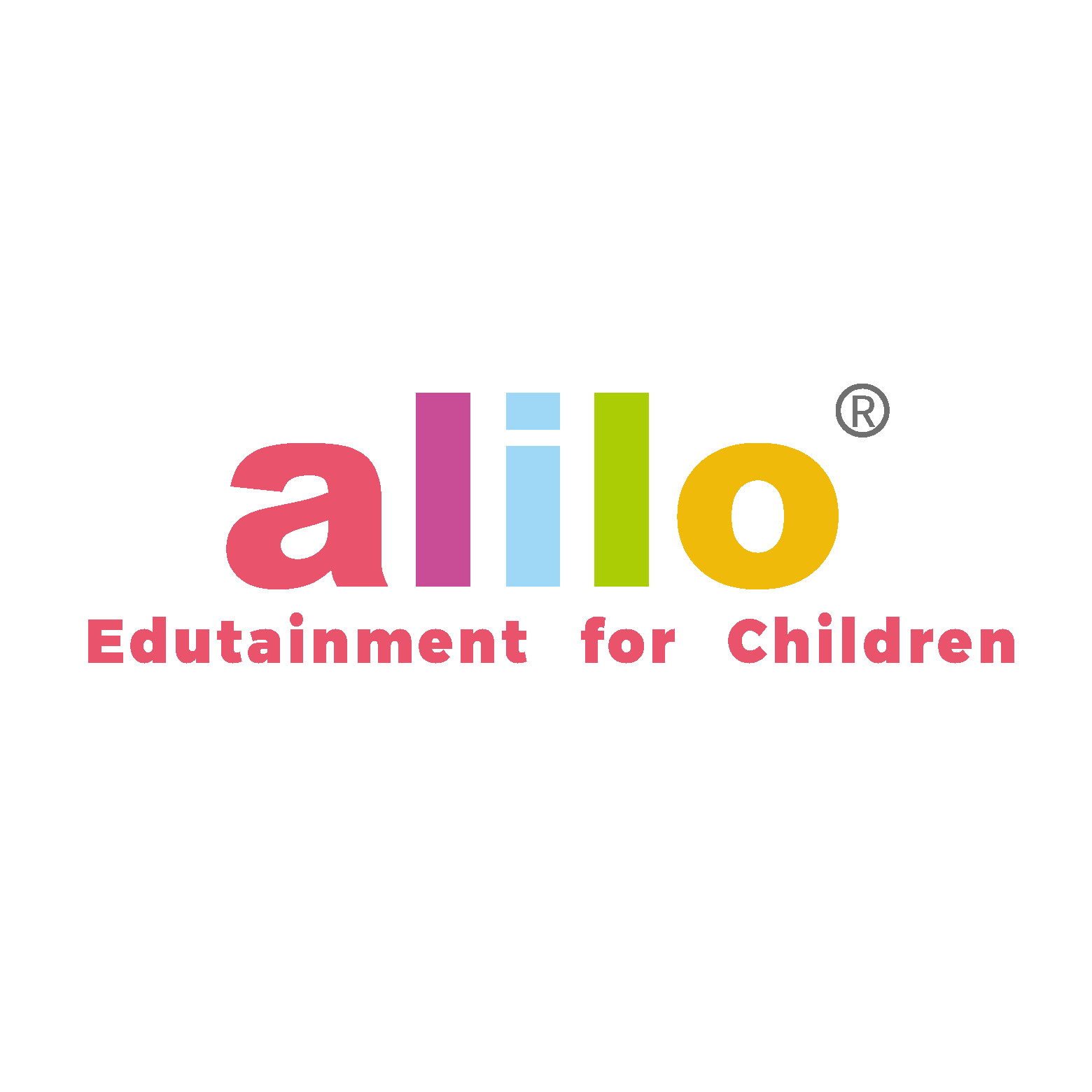
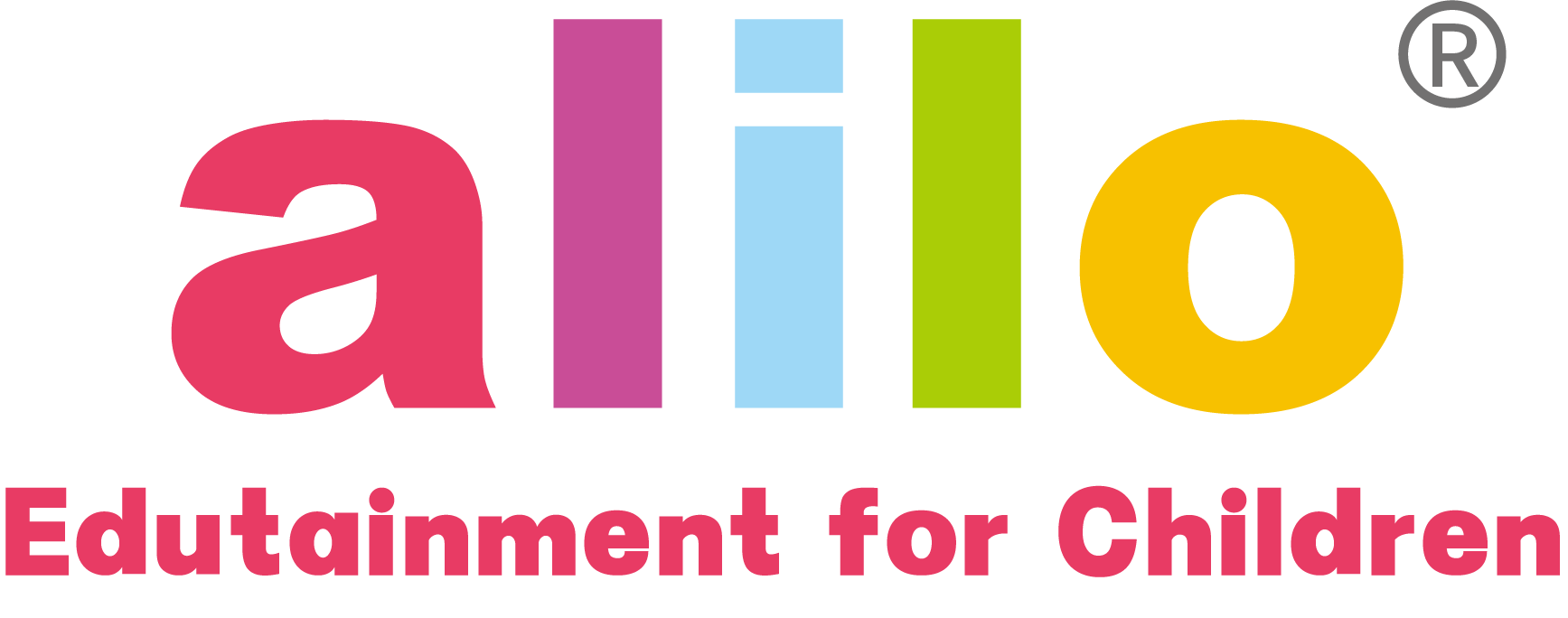
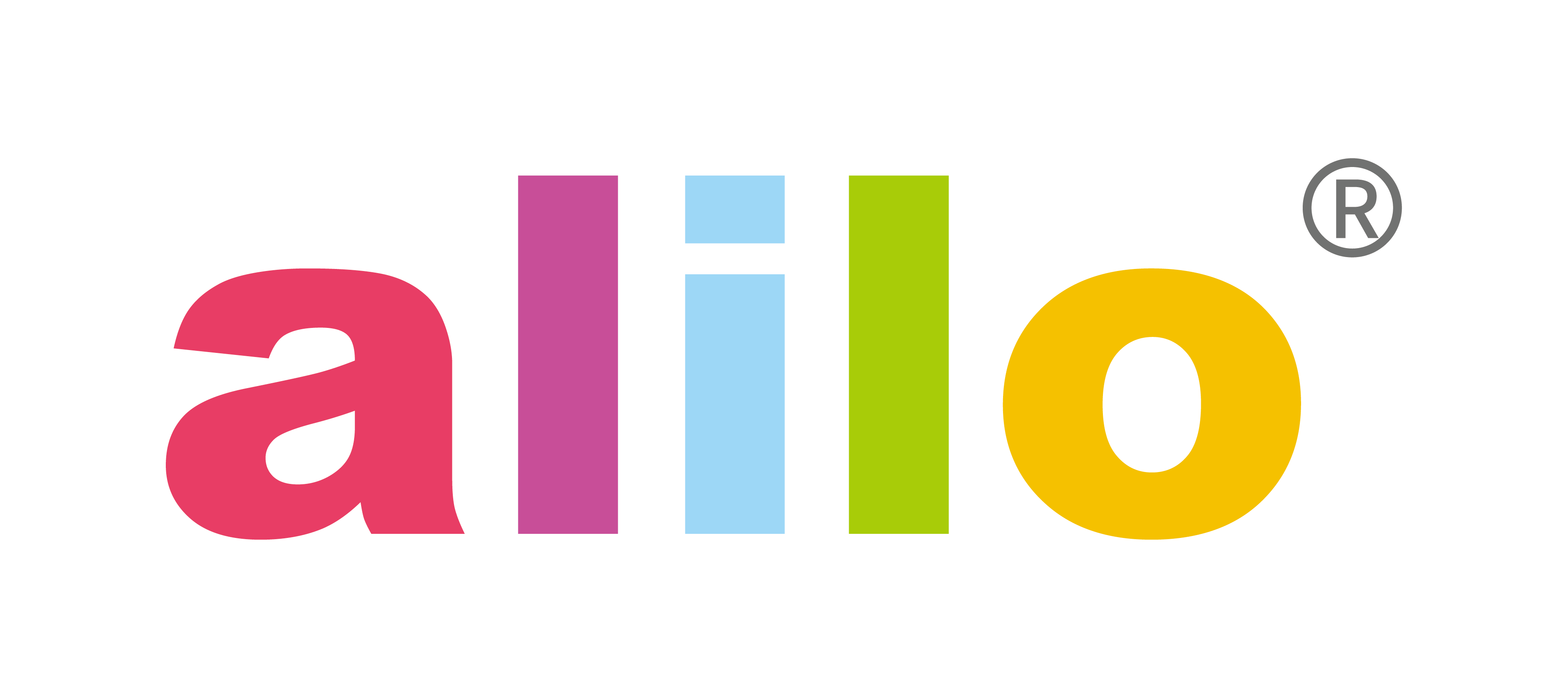
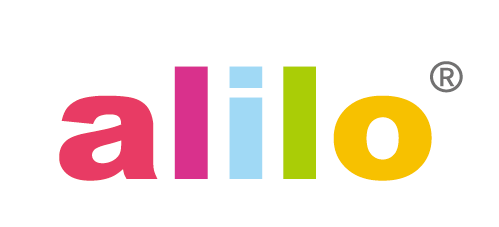
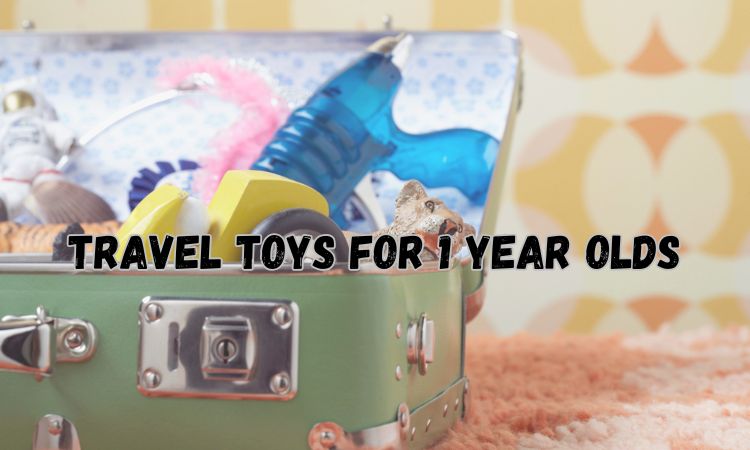
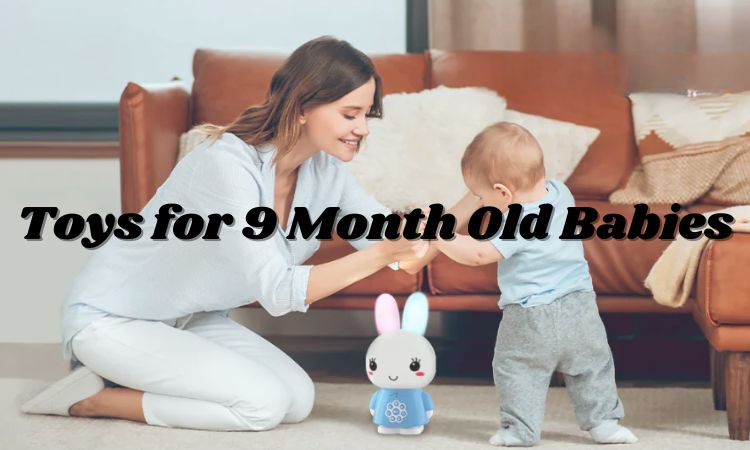
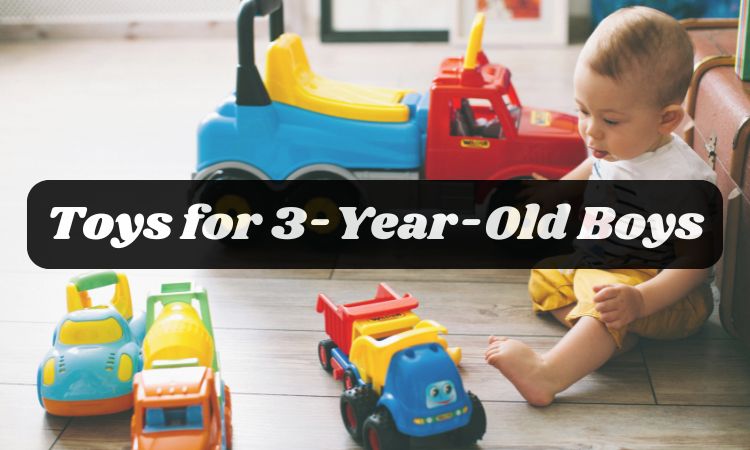
Share and get 5% off!
Simply share this product on one of the following social networks and you will unlock 15% off!